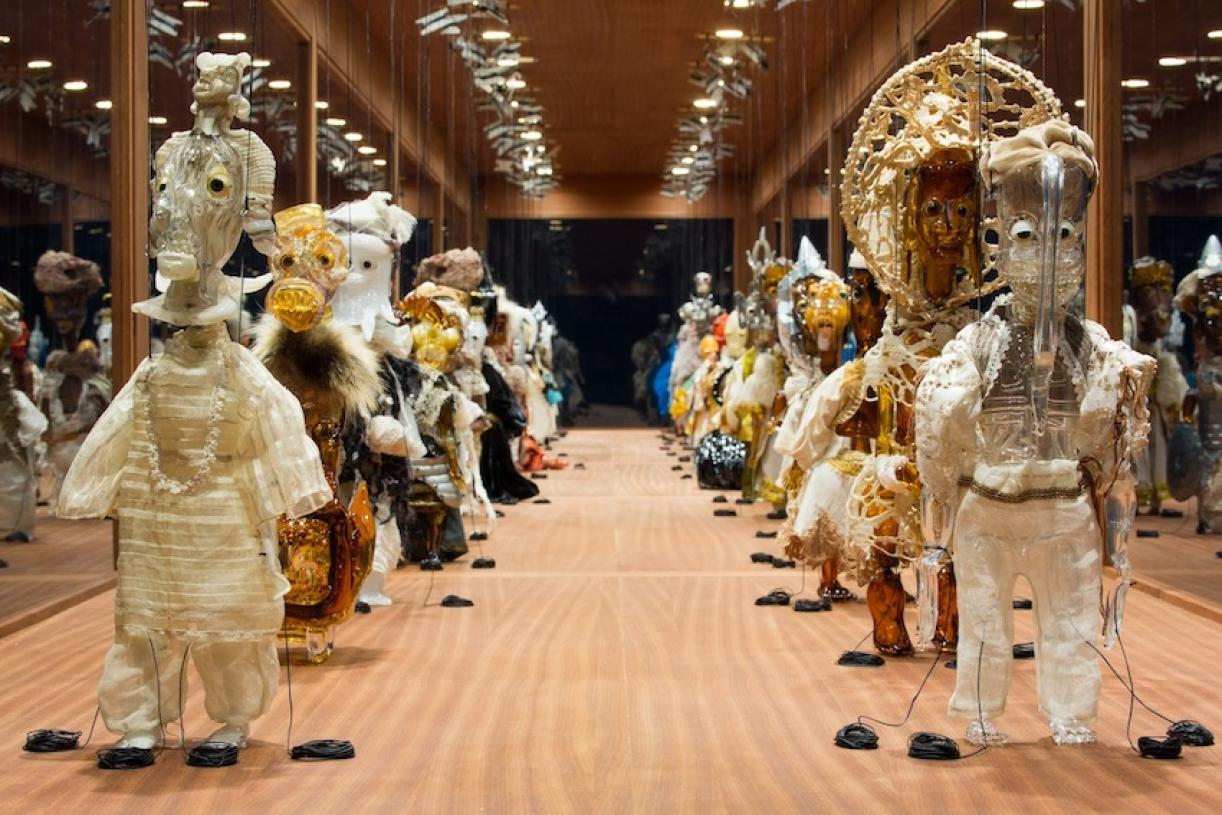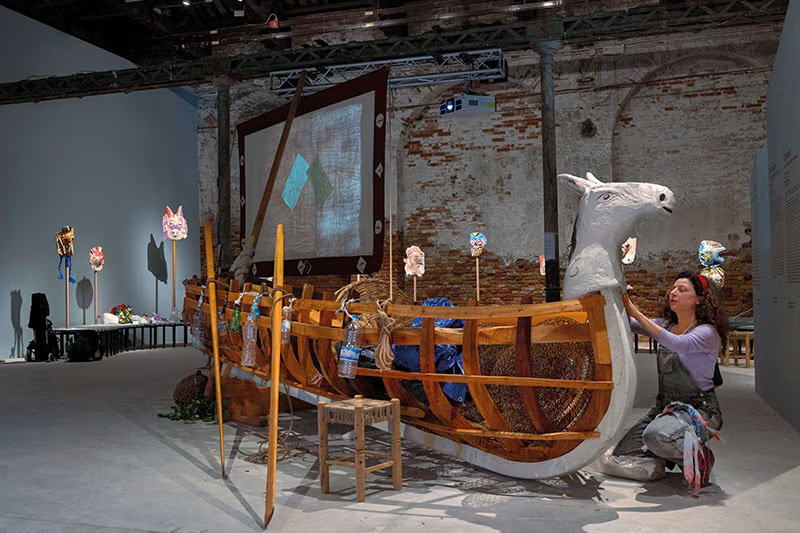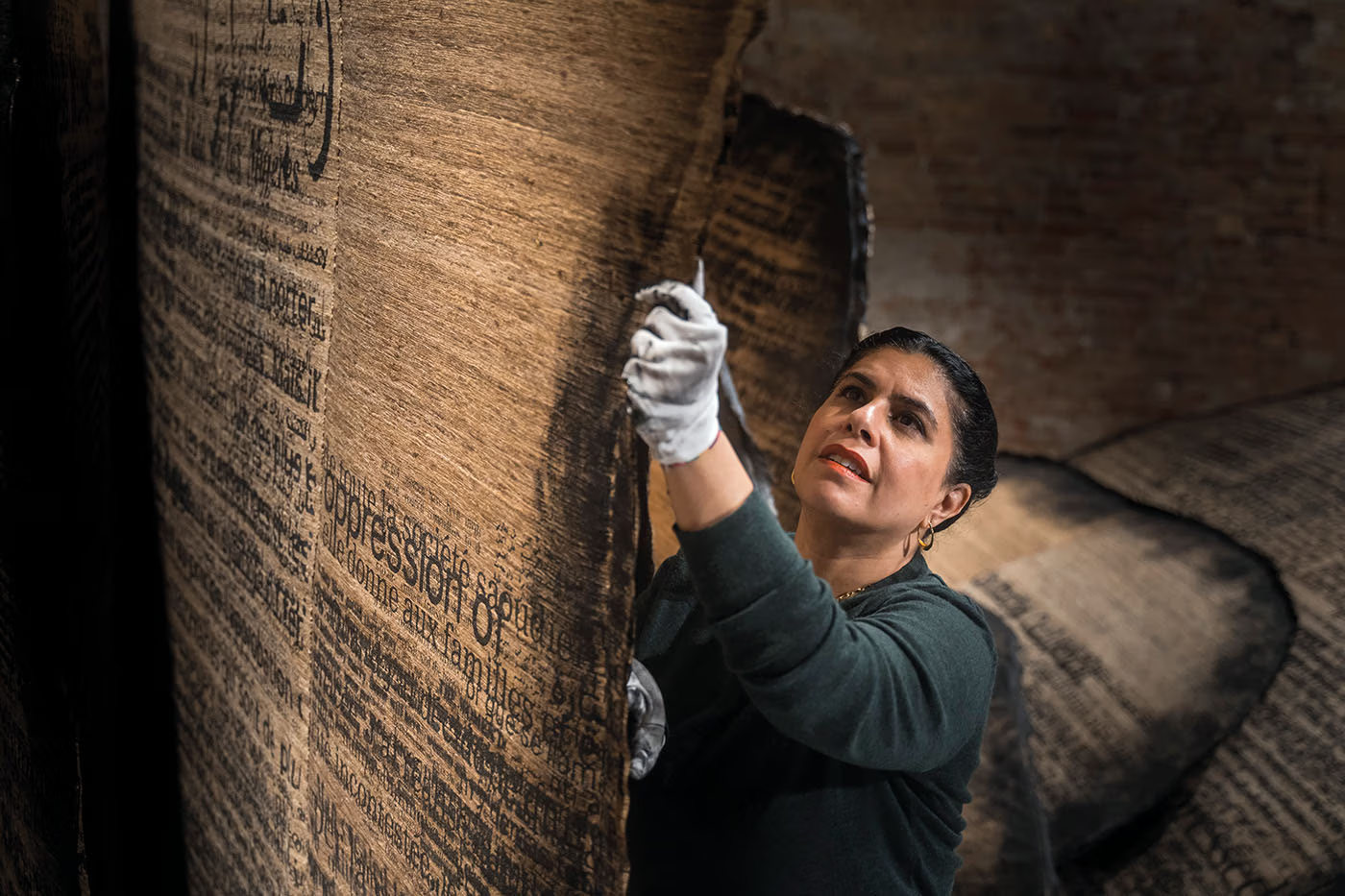
There are historical characters that are no longer themselves. They become archetypes and symbols for us to project upon. Cleopatra is one such character.
The Mystery of Cleopatra, a newly opened exhibition at the Institut du Monde Arabe in Paris, investigates this very aspect of the Egyptian queen.
Drawing on historical sources that retrace who Cleopatra was, the exhibition examines what she has been made to represent — and how her story might now be told differently.
I interviewed the exhibition’s curator for The New Arab.
Here is the link to the article
Read More













